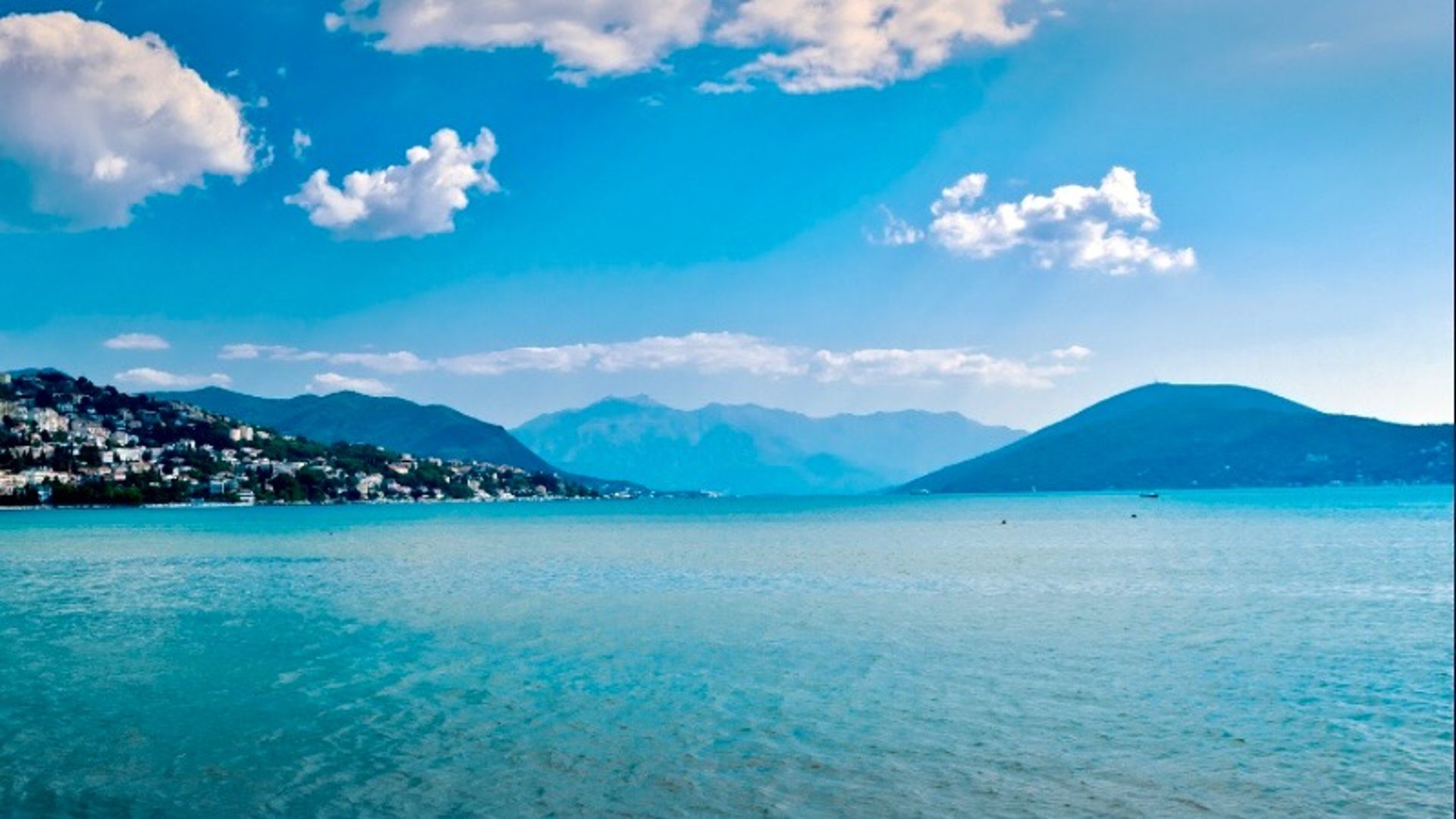
Top 5 largest seas in the world
WORLD
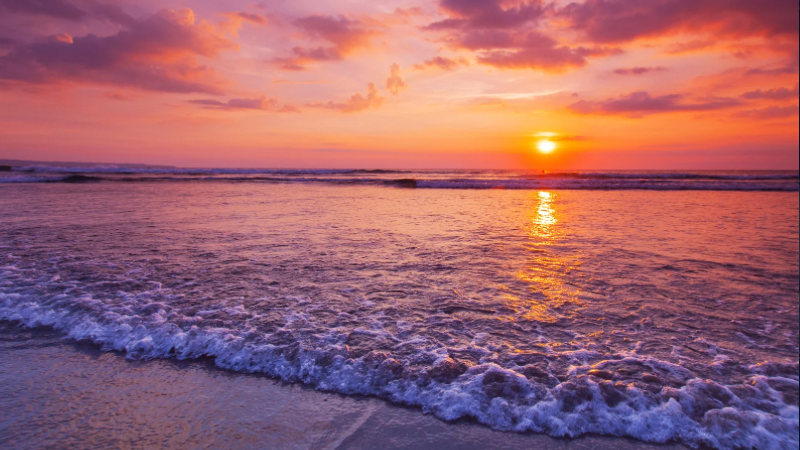

The oceans are not an infinite expanse of water because they are the most beautiful and unforgettable aspects of our blue planet which tell every single endless story that needs to be told. Throughout history, the seas have presented artwork of oceans in shades of blue, green and purple through their brilliantly coloured water. Everything from wave movements to the physiology of marine species serves as an inspiration for writers, travellers and dreamers, as seas create an atmosphere beyond belief.
These aquatic realms, ranging from beautifully aquatic ecosystems flourishing in the warm shallow seas to poorly understood Blackholes of the Earth, hold uncalculated facets of nature's creativity to its fullest. These bodies of water are the beating heart of the planet, they control its temperatures, provide more than half of the oxygen we breathe and host millions of different worlds. This time as every piece of land will be examined in detail so will the sea's biodiversity, waterways and equilibrium that sets each set aside as a wonder of the world. Climb aboard to explore an unfamiliar world where every movement of the seas and every touch of the horizon gifts us with new possibilities.
Table of contents
Top 5 Largest Seas in the world

Here's the list of the top 5 largest seas in the world
5.The South China Sea
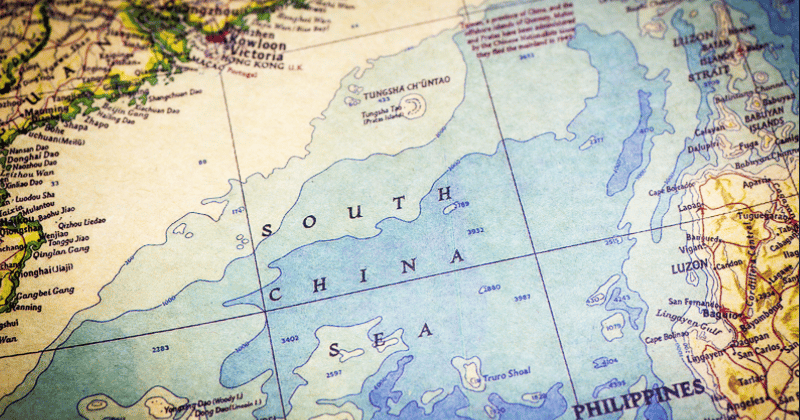

Virtual tour
The maritime zone is home to the South China Sea which encompasses 3.5 million square kilometers of geo-strategic waters. This area is part of one of the world's most active marine systems, rich in biodiversity made possible by the conglomeration of coral reefs and tropical waters. Within it are over 3,000 species of fish and 600 coral reef builders, all combining to make an underwater metropolis.
The sea's underwater landscapes are rich and complex with the scintillating Spratly and Paracel Islands marking the arcade which is further enriched with numerous islands and reefs that together create ecosystems. These waters probably host some of the most active fishing spots as they amount to about 10% of the total global fish catch which aids millions of people living in the related offshore areas. The difference in altitude from shallow continental shelves to the deep-seated Manila Trench forms distinct ecosystems that enhance the diversity of marine flora and fauna.
Moreover, the sea is used by a huge volume of trade vessels accounting for almost a third of trade shipping traffic which makes its importance sociopolitically advanced. Additionally, the monsoonal system and the warm waters of the region are primarily responsible for the natural rhythms in marine resources and people's work at sea by promoting the formation of tropical cyclones that affect the climate over the area.
4.The Arabian Sea
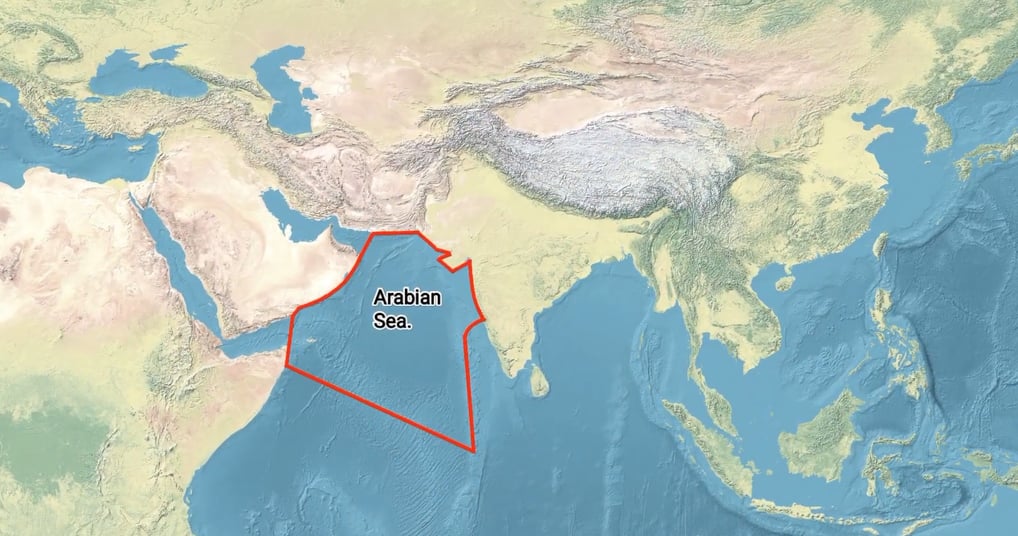

The Arabian Sea comes off as a turbulent ocean region measuring 3.862 million square kilometres of the northern portion of the Indian Ocean. It has a trademark monsoon season which makes it unparalleled and during this time of the year, it is a sight to witness. The Arabian Sea during the southwestern monsoon experiences high-intensity winds that whip the waters in a downward thrust, this, in turn, allows for the nutrient-dense water found on the ocean floor to be forced upwards and gives way to a surge in the marine life.
With the matched intensity of the upwelling and the strong currents, unique conditions are set to be established allowing a massive phytoplankton bloom that is to develop over time. In short, these seasonal changes result in the creation of one of the most biologically diverse marine ecosystems on the Earth the Arabian sea is home to. The Arabian Sea is also home to a wide variety of fauna, from rich schools of tuna and mackerel to cetaceans like dolphins and whales: the Arabian Sea possesses them all. Equally intriguing is the Arabian Sea's oxygen minimum or OMZ, which is a vast area where many aquatic species are unable to survive but other organisms thrive in its discouraging conditions.
The historical significance of the Arabian Sea is indicative of the role it plays in modern times and how ancient countries would interact with each other, this is due to the geographical location of the sea aiding it in acting as a maritime route. In modern times however, due to the sheer volume of ships carrying gallons and gallons of oil, the sea acts as a trade route for the energy sector but it seems that trade is not the sole reason, the influence of the sea is said to be far-reaching.
Virtual tour
3.The Tasman Sea
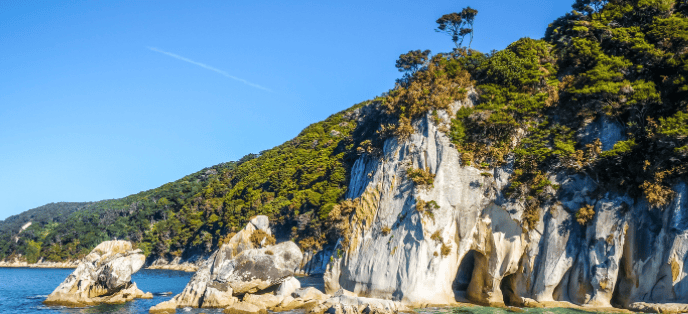

Virtual tour
Abel Tasman National Park sits at the top of New Zealand's South Island. It shows off nature's beauty with its golden beaches thick forests, and steep granite cliffs. The park covers more than 22,500 hectares and gives outdoor lovers plenty to do. You can hike, kayak, and sail through its vast natural spaces. The Abel Tasman Coast Track stands out among New Zealand's Great Walks. This trail runs 37 miles along the shore winding through untouched scenery hidden bays, and vibrant native plants and animals. People love to visit because it's easy to get to well-kept, and has a lot to offer for a hike that's not too long.
Abel Tasman National Park stands out for its stunning scenery and abundant wildlife, including seals, dolphins, and various bird species. Visitors can explore the park through guided tours or on their own, with camp choices, stay in lodges, or take day trips. To enjoy outdoor activities, plan your visit during the warmer months from December to February when the weather is best. The park offers breathtaking views and settings. Moreover, there is no fee to enter.
2.The Coral Sea
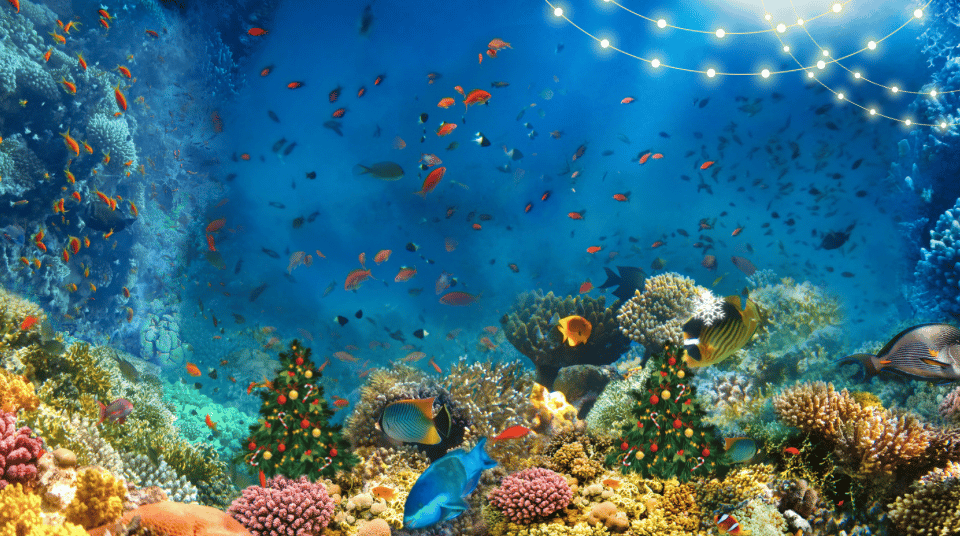

Virtual tour
The waters of the Coral Sea lie between Australia, New Caledonia, and Vanuatu, and it is best known for the fantastic range of marine wildlife in the area as well as the Great Barrier Reef which is found on its western side. This tropical sea is approximately 4.8 million kilometres square and is known for its warm and clear waters that allow for one of the largest coral reefs in the world to thrive, and plenty of marine wildlife that exists in the unique ecosystem. Over 1500 fish and 400 hard coral species have been catalogued by scientists, providing ample thrilling sea exploration.
The characteristics allow the temperature to range from 22 to 28 degrees Celsius with these conditions allowing for optimal conditions for the growth and reproduction of coral. Numerous coral cays, along with atolls and small islands can be found in the Coral Sea, which serves as essential nesting sites for seabirds and marine turtles, in addition to a range of native plant species that have specifically evolved to thrive in such ecosystems. The sea had an important impact in the Second World War, and more specifically, in the Battle of the Coral Sea in 1942, this was the first time aircraft carriers had major battles.
1. The Philippine Sea
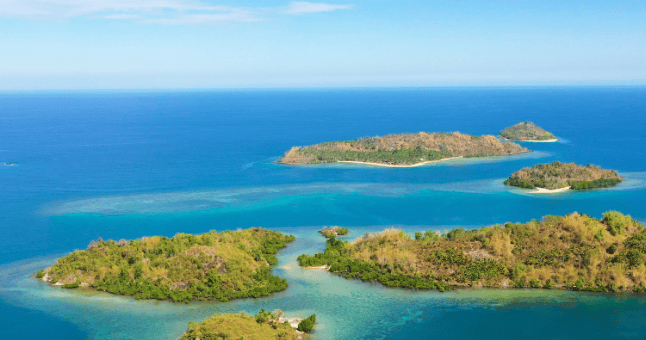

Virtual tour
The Philippine Sea which is the southeast of the Philippines is known to be the most extensive coastal water of the Western Pacific Ocean. It is estimated that this water estrogen stretches over 5.7 million square kilometres and scales great depths such as the Philippine trench which borders over 10 thousand meters. This ocean functions in various ways as the Kuroshio current has been known to affect the typhoons that collude with southeast Asia.
This ocean also comprises a plethora of strong current systems and seagoing vessels. Unsurprisingly, the Philippine Sea has an extensive variety of marine life which includes bountiful reef corals alongside colourful fish down to deep sea creatures that are capable of surviving extreme pressure. The ocean floor consists of several seamounts along with underwater volcanoes, due to this there is a huge variety of target marine life.
The abundance of life as well as the underwater geological formations provide breeding grounds for various species of fish. Interestingly the Philippine Sea ranges from a temperature of roughly 20 to 28 which allows for marine life to thrive, including corals, and to warm waters. The sea is extremely ideal for local and commercial fishing due to it being surrounded by a variety of nations.

